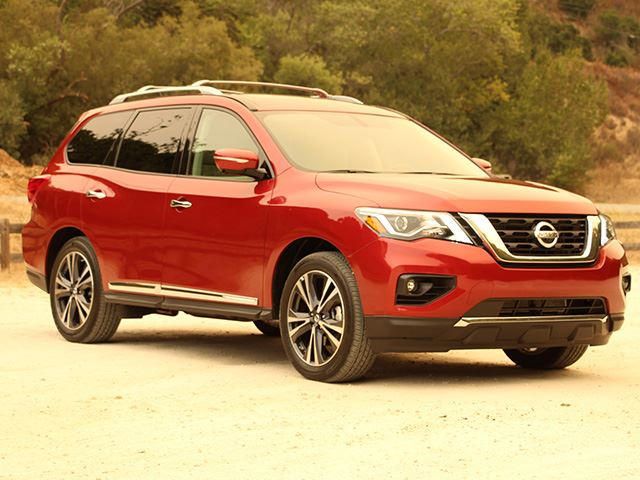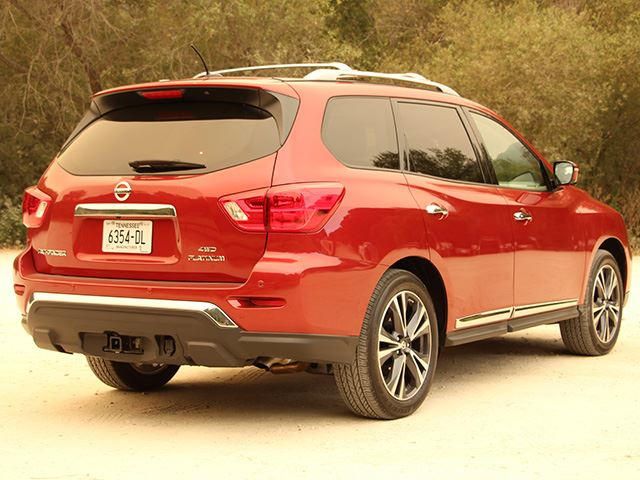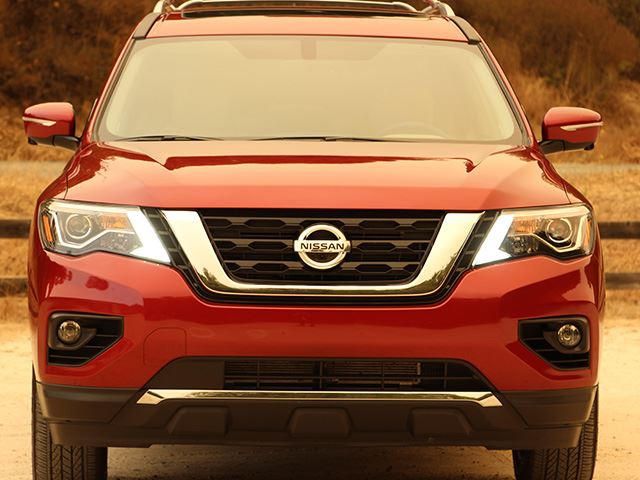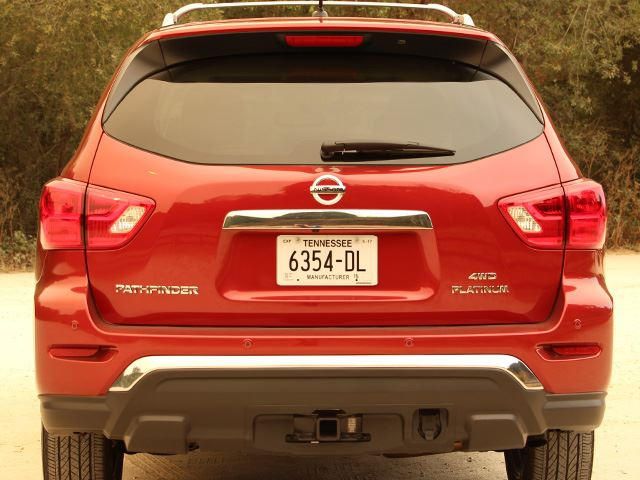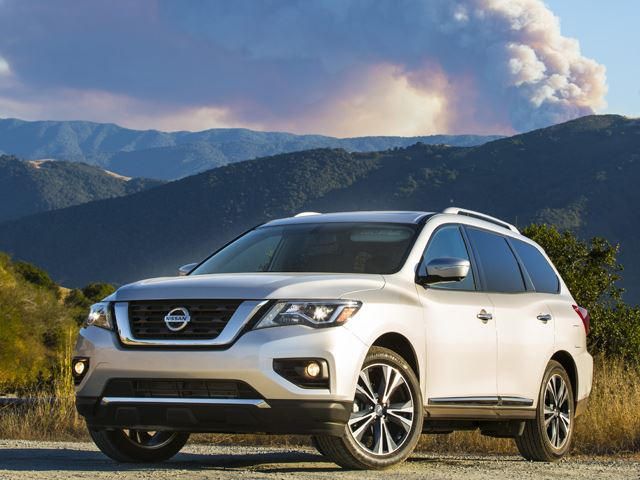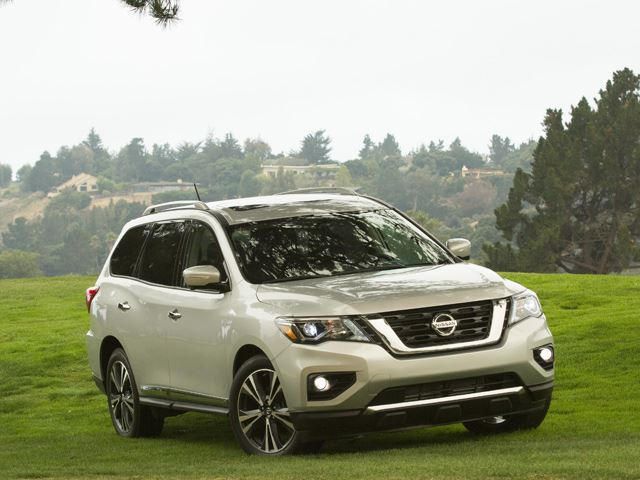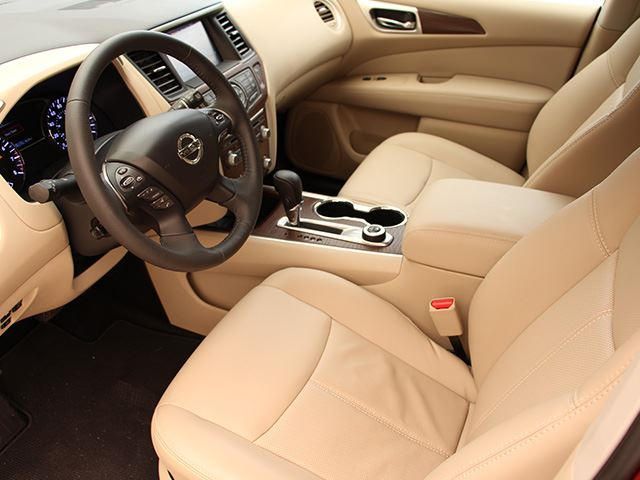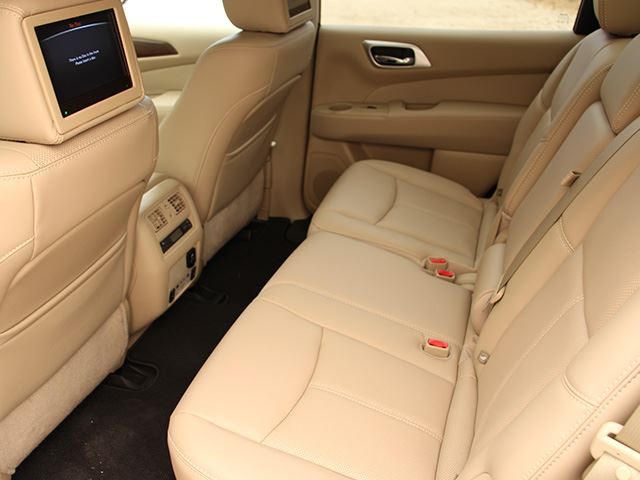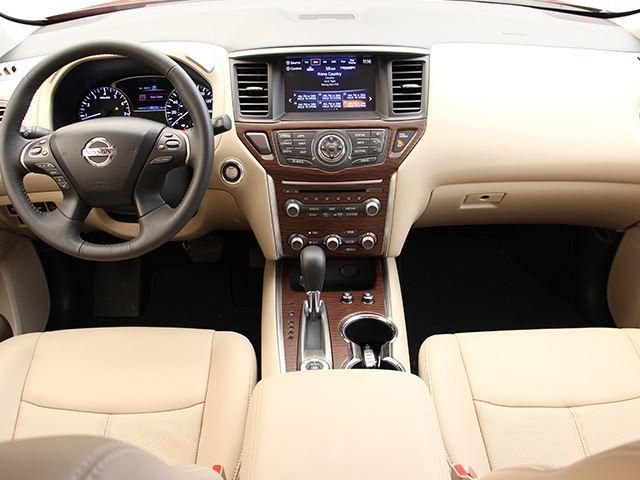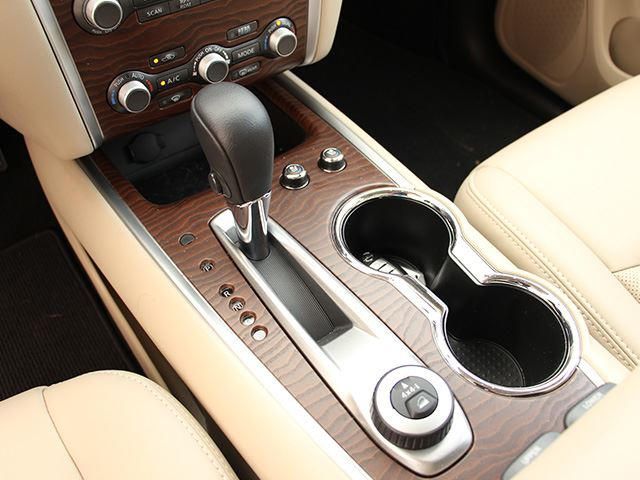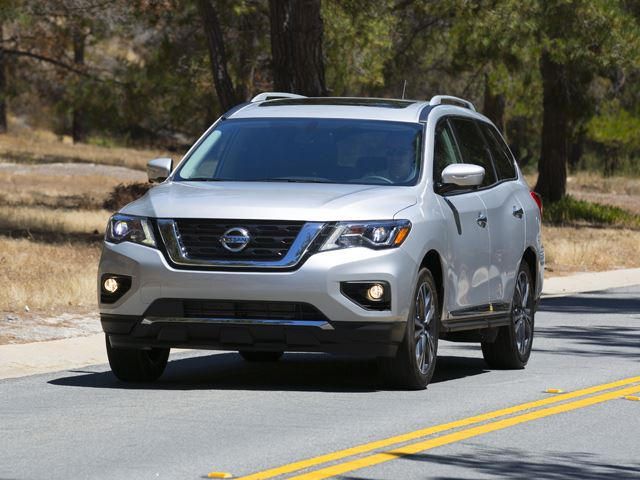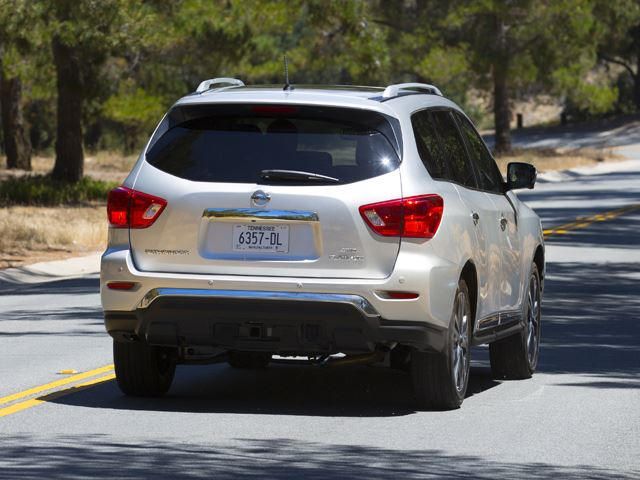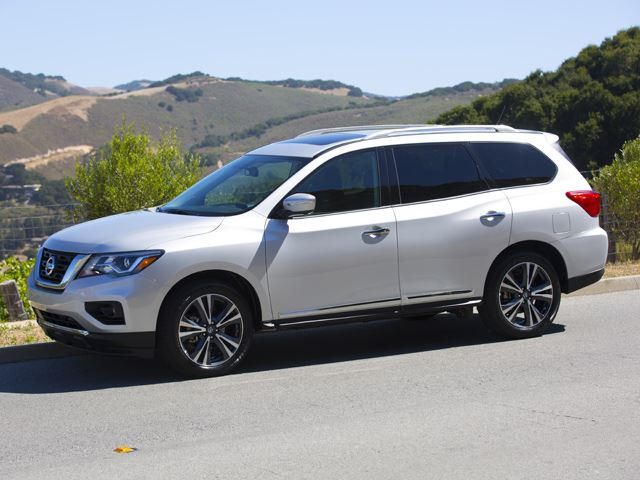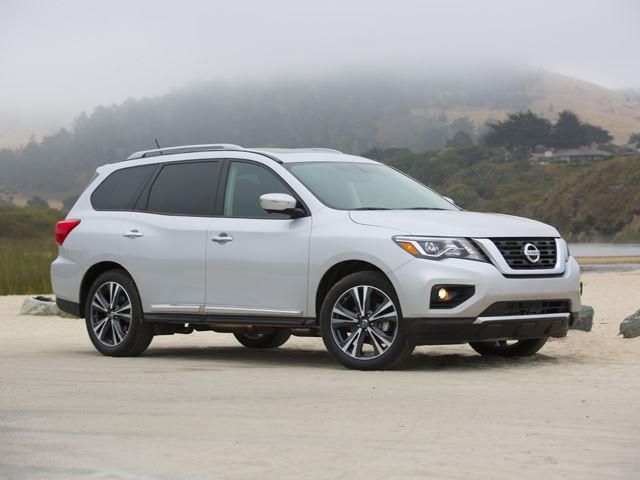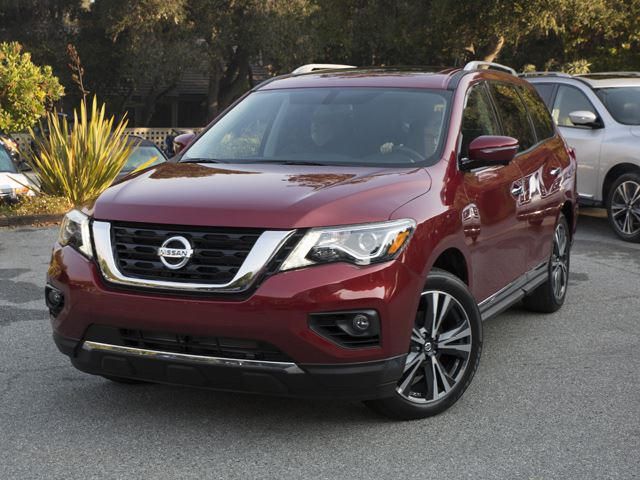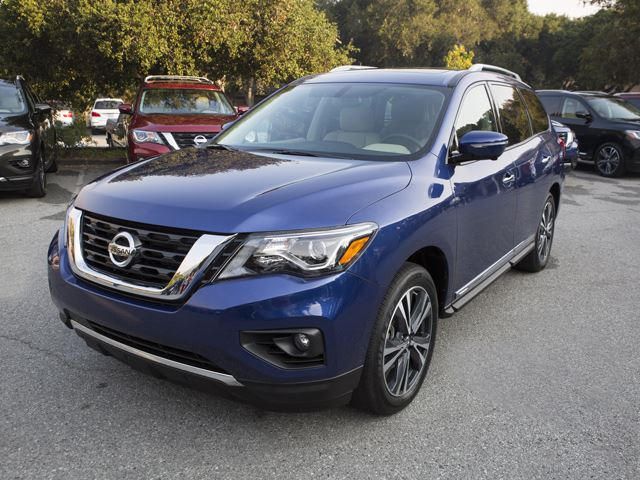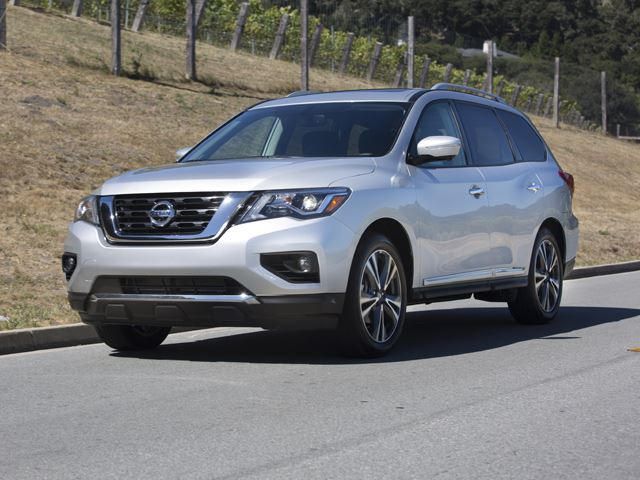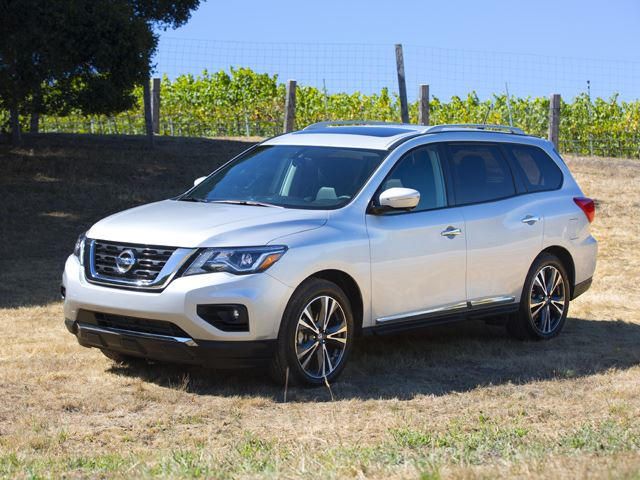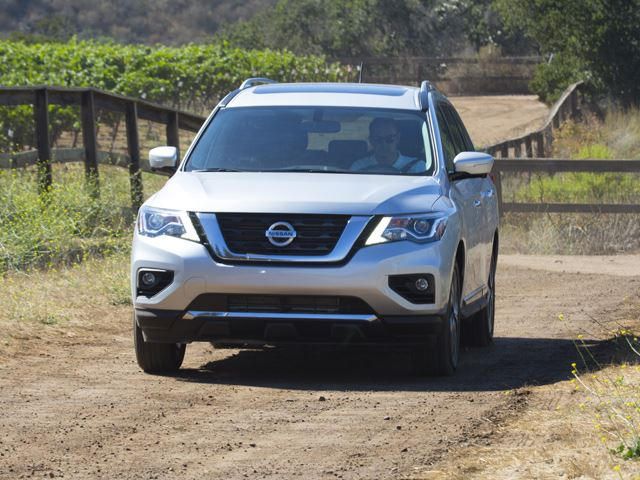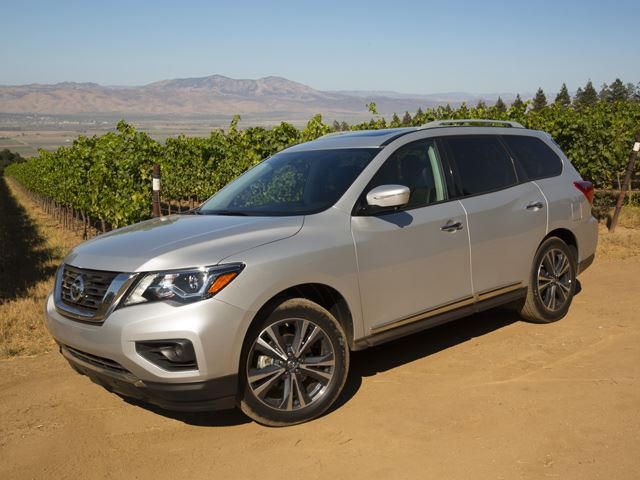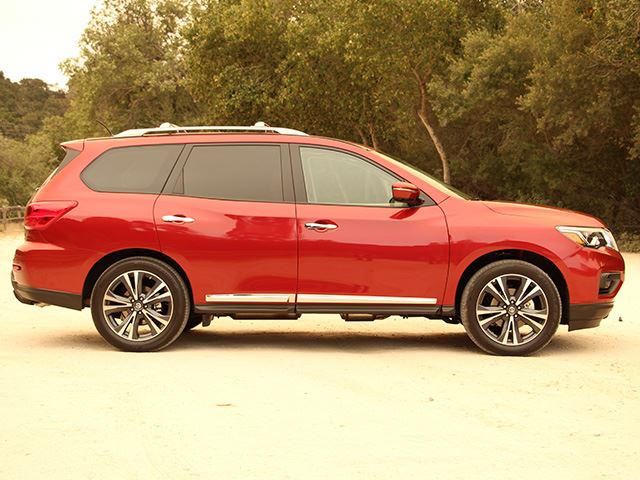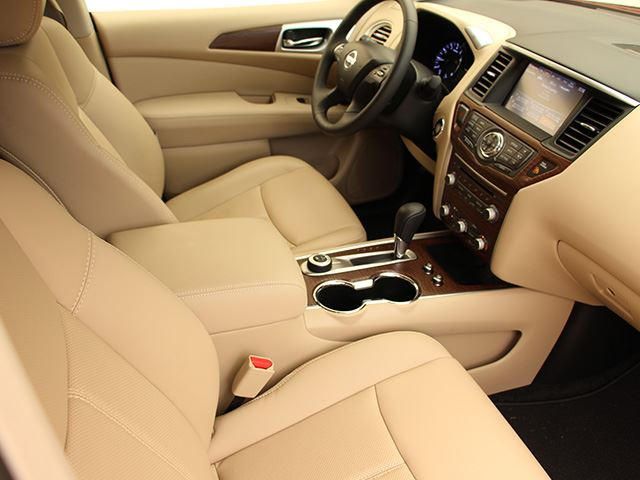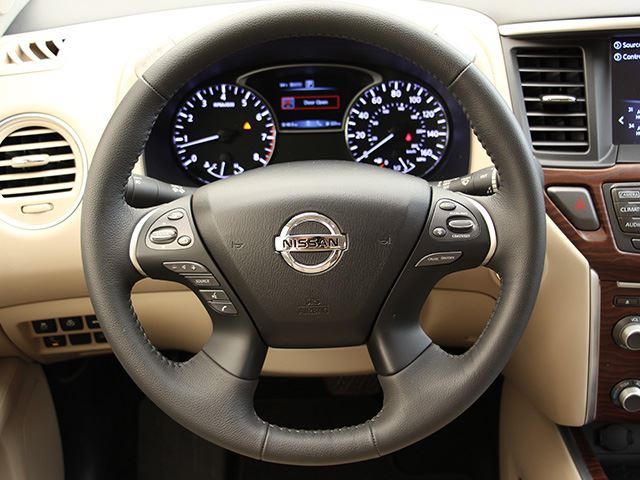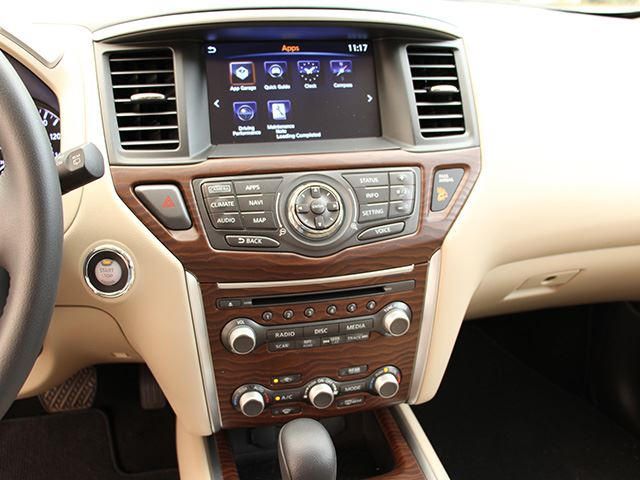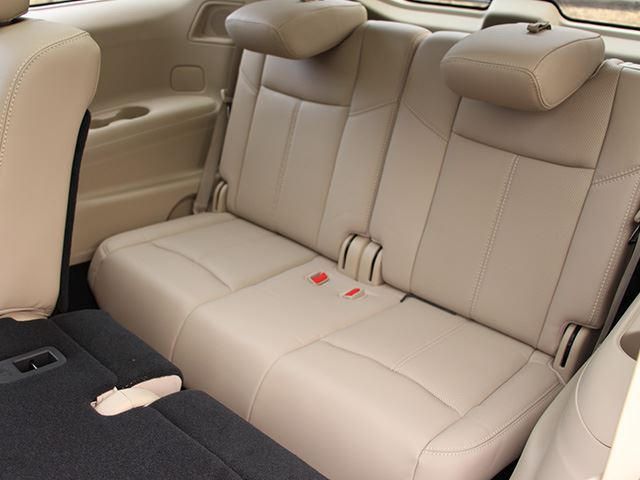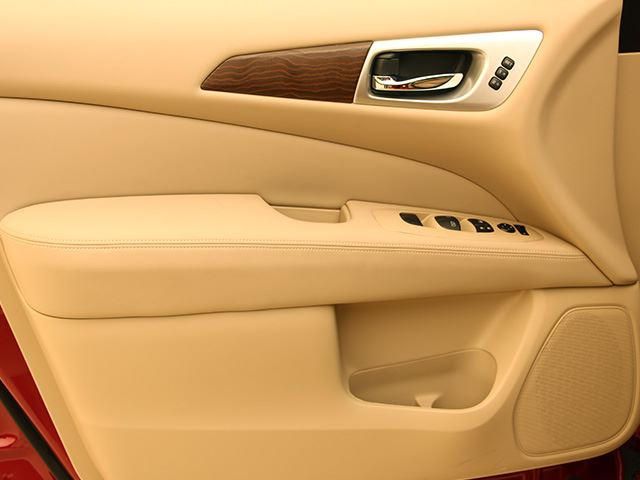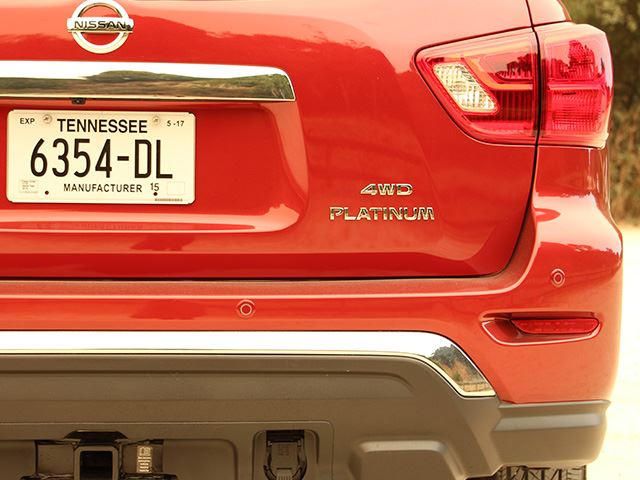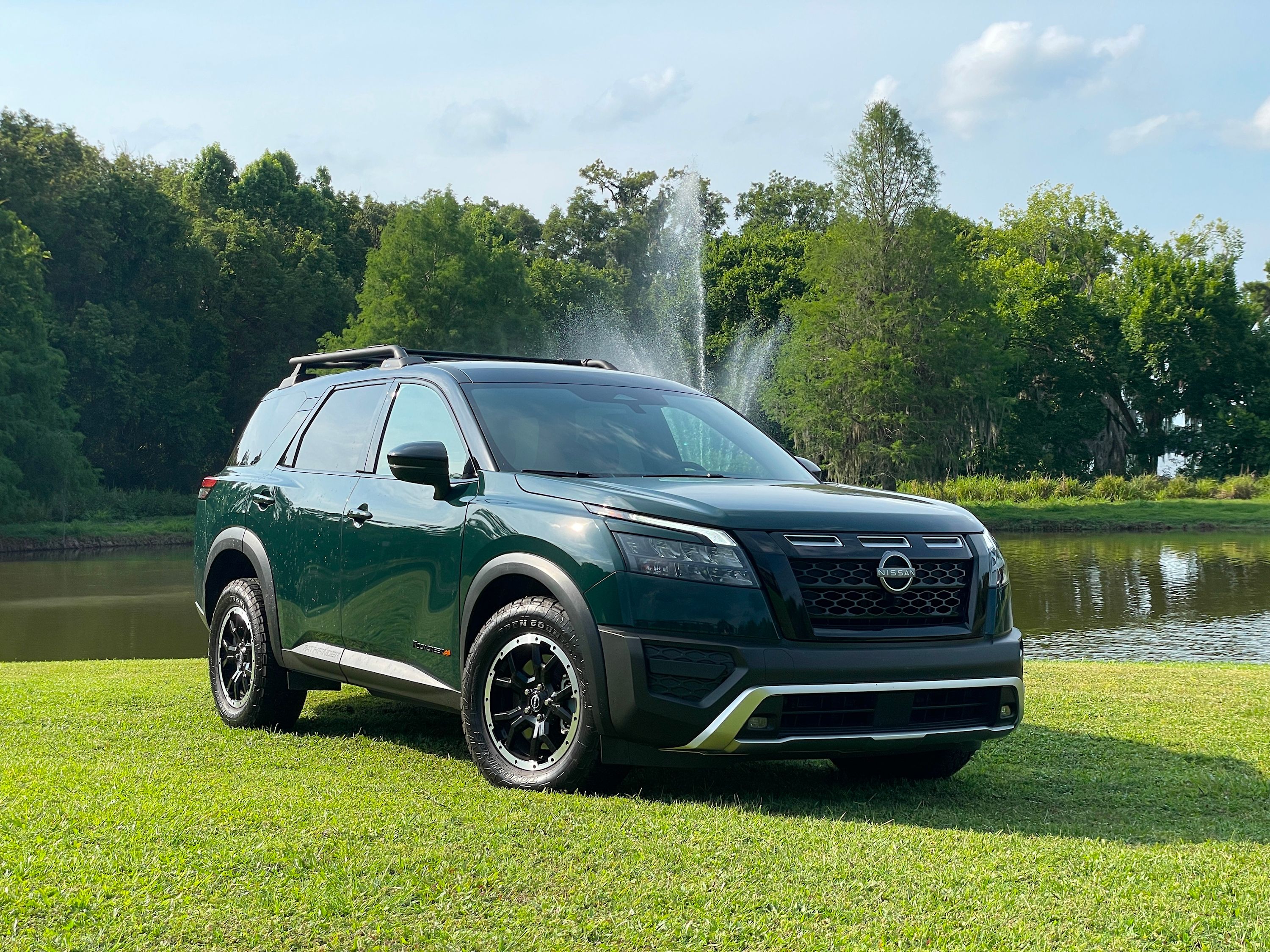
The 1980s is usually regarded as an awkward period where the dying wave of communitarianism seen in the 60s clashed with the selfish "Me Decade" of the 1970s to spawn the yuppie. One trend that embodied that unapologetic sense of individualism was the rise of the two-door SUV. What would now be shunned as an overindulgent useless vehicle was all the rage in the 80s, so nothing seemed out of place when Nissan's product planners sent a two-door body-on-frame SUV with Pathfinder badges to the US in 1987.
Here it carved out a reputation as a solid off-road vehicle that could double as an adorable city companion. Nissan eventually realized just how much its customers enjoyed the carlike capabilities of the small SUV, so it rounded out the body of the second generation Pathfinder and modeled it on the carlike unibody chassis. Purists revolted, suburbanites cheered, and most importantly for Nissan, sales surged. Despite the success, 2005 saw gas guzzling SUVs from America's big three flying off dealership lots as if polar bear furs were the new hot commodity, and in attempts to keep up with the big car profit machine, Nissan took the Pathfinder back to its roots during its third attempt.
Alluding to Nissan's aspirations to win the hearts and minds of SUV loving Americans was traditional body-on-frame construction, a boxy body featuring more chiseled lines, and a fresh production plant in Smyrna, Tennessee to lull the Made In America camp over to the Japanese brand. Initial reception was good, but as those of us that fit into the millennial camp know, the history of our short lives is split in two pieces: before the recession, and after. The crash of 2008 devastated the Pathfinder's numbers, cannibalizing sales by 53% in 2008 and then improving on that figure the following year with a 54% reduction in product movement. Luckily, Nissan knows that the law of the jungle is that adaptation is not an option, and it conformed quickly.
The fourth generation Pathfinder, the one you could be forgiven for mistaking for a minivan, hit the market in 2012. Featuring lines so soft the car could be mistaken for a marshmallow, the fourth generation Pathfinder pulled sales figures higher than the line had seen in over a decade. For that it could thank its easy to drive unibody chassis, fuel saving CVT transmission, reduced weight, and now-in-vogue soccer mom aesthetic. Sales have remained strong, but now that the automaker has sold 1.5 million Pathfinders in the US, it is taking its CUV seriously, as it should, so a mid-cycle refresh is in order. Nissan touts this revamp as the "significantly refreshed" Pathfinder, although our definition of the word "significant" seems to vary.
That's not to say that the new Pathfinder is a poor excuse for a new ad campaign because although the update does little to bring the model back to its crude roots, the changes seem to refine the Pathfinder in ways that will make it more palatable to customers. Essentially, Nissan made the car better at being a city transporter to reflect what customers will use it for while simultaneously and contradictory making it appear more at home off the beaten trail. After interviewing its key demographic, which happen to be 53% male, of go-getting age (under 55), and with children (62% of its buyers), Nissan realized that segment customers wanted a car that looked like it could take a few rocks to the front fascia without flinching yet fit in at the country club.
As such, a significant amount of the redesign efforts went towards the exterior of the vehicle. To the eye, the midsection of the car/SUV mutant looks the same; instead the front end and rear end have been switched up to reflect the demands of buyers. A new hood, bumper, and grille take away the "punch me in the face" look of the old vehicle and give the SUV more confidence. LED day time running lights and optional LED headlights let the oncoming lane of traffic know you own a machine built in the space age, all of which is topped off by yellow turn indicator stripe embedded in the side mirror. Following the trend up front, the rear bumper and tail lamps have been pulled out as if the car felt its gender was being questioned and told to man up.
Icing is added to the cake via modernized 18" and 20" rims, completing the metamorphosis. When parked side by side, the differences add up to a significant change, but as with many things, the devil is in the details, many of which tend to go unseen. Hiding behind the new self-assured grille and handsome chin are slight design upgrades that help reduce the coefficient of drag by 0.02, from 0.34 to 0.32. Behind the aerodynamic upgrades lies the 3.5-liter V6 engine seen in the existing model, only now it makes 284 horsepower and 259 lb-ft of torque over the old unit's 260 horses and 240 lb-ft of twist. This is reflected by an improvement in response and a 0.2 second improvement from the old Pathfinder's 7.5-second 0-60 mph time.
What does count is the fact that despite the uptick in power and more stringent government testing standards, fuel economy has remained the same at a best-in-class 23 mpg combined (27 mph city 20 city). Buyers that opted for the 4WD models should subtract 1 mpg when all four wheels are being used. The Pathfinder's fuel economy numbers are high in part because of the aerodynamic upgrades, but it has more to do with clever tuning of the fuel injection system, valve timing, and something Nissan calls a "Mirror Bore Coating" in the cylinder that reduces friction in case frequent oil changes don't do the trick. Combined, these features make the Pathfinder a solid gateway towing car, allowing for owners to tow up to 6,000 pounds.
With this dose of additional capability comes the need to harness it all, and for that Nissan turned spring stiffness up by 11% on the front default drive wheels and 7% on the rears. Body roll was dialed down by 10% while steering ratio was geared for quicker changes, resulting in greater comfort on city roads and on the highway by making it feel tied down to the pavement. Like the Armada, the Pathfinder will now feature a complete suite of technology to make life easier. The motion activated rear lift gate helps single parents unload bags of groceries more easily and an updated touchscreen navigation system does its best to bridge the gap between the archaic and partially numb touchscreen systems of the 90s and iPad sensitivity.
A new icon-based menu system helps here, as does multi-touch sensitivity that allows for pinch motions to translate to a zoomed map. Siri levels of usability haven't come to most in-car voice command systems, so Nissan has done something better by offering up a real human helper. Touch the headset icon on the navigation screen to call up NissanConnect (when your Pathfinder is new or if you've kept up with the subscription payments) and have an operator input addresses into your navigation system, eliminating the need to pull over and do it your self. The system also enables owners to check the status of their vehicles, lock or unlock the doors, start the engine, and even honk the horn from a laptop or the NissanConnect app.
The Pathfinder also features a 360 degree view of the car's surroundings that warns drivers when something is too close to the car. For the few drivers who will off-road the Pathfinder, the system doubles as a spotter in case there is no human eye available. True to the original Pathfinder, off-road ability comes standard. Nissan's 4x4-i system makes sure of that by doing most of the thinking for the driver. If use of the rear wheels becomes a possibility, flip the selector out of 2WD and over to auto. When there is no question that four-wheel drive is needed, then skip the foreplay and go all the way over to LOCK. Once gravity becomes an issue when 2-ton CUV meets an unpaved downward slope, the descent control button keeps the party from getting out of control too quickly.
Nissan was kind enough to show us how well these systems worked by giving us a go at a makeshift off road course. The obstacles weren't anything that would be considered out of this world and reinforce our belief that the CUV won't actually find a path when none is available, but true to crossover nature, the level of capability instilled in this refresh is sufficient for the masses. As much as we love to hate on crossovers for making the SUV go soft, that's more than enough for Nissan. The truth of the matter is that the Pathfinder will be relegated to the level of use of most other household appliances, and for that job, it works beautifully. On the road and in stop and go traffic, it preforms well, feels great, and does everything perfectly. A bit too perfectly perhaps.
Bring a heart rate monitor along for the drive just to make sure you aren't in a dream or a coma. Not like the Pathfinder is supposed to be too entertaining though, it's a car that's easy to use and acts as a fairly blank canvass. It isn't a driver's car in the sense that it will plaster a smile on the face of the pilot, but it will accurately point and shoot in the intended direction. Engineers tried to dial in traces of a personality by giving the CVT Nissan's D-Step technology, what is essentially a software program that makes the car jolt when coming off of the accelerator to mimic a traditional automatic transmission, but the overall gist of the Pathfinder is that of a very good appliance.
While it's sad to see the glory days of the Pathfinder give way to a responsible and monotonous adulthood, who can blame Nissan for chasing sales? With Honda slipping and a newfound confidence gained by acquiring a stake in Mitsubishi, Nissan is poised to ride this wave straight to the front doors of Toyota. Just like McDonalds tweaks the Big Mac's recipe until it finds the perfect balance of price and addictiveness, Nissan has adjusted the Pathfinder to bring in more customers. Drama may make for a good story, but it's terrible for business. By keeping the Pathfinder plain, we can expect Nissan to sit back and count greenbacks. If you want to help Nissan's cause, expect to pay a tad less than $30,000 for your base copy when it goes on sale in September.

